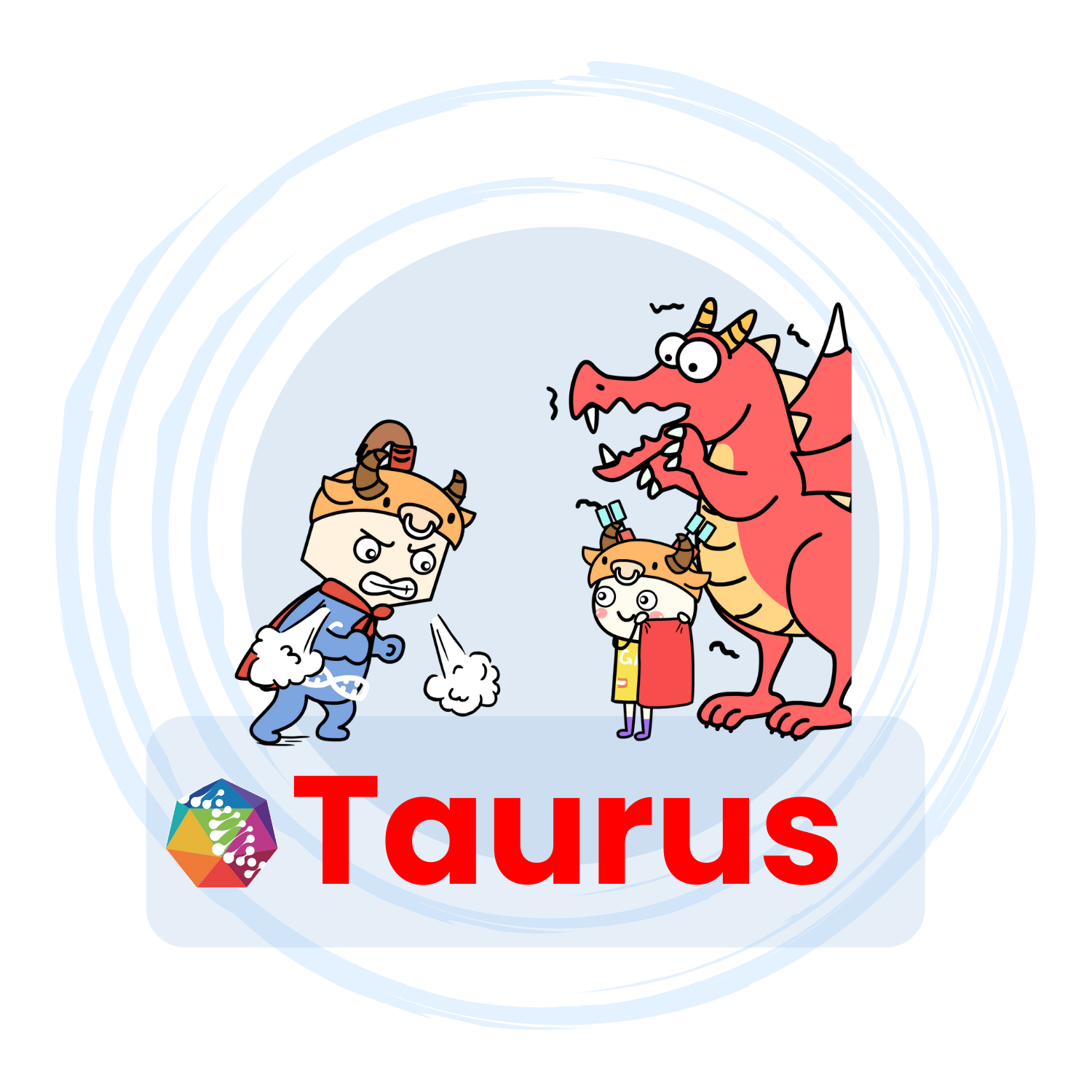Anti-LRAT monoclonal antibody
Pre-made anti-LRAT monoclonal antibody(mab)-benchmark antibody for ELISA, affinity binding assay, drug discovery and mechanism of action (MOA) research
 Go to LRAT/LRAT products collection >>
Go to LRAT/LRAT products collection >>
(antibodies, antigen, VLP, mRNA, ORF viral vector, etc)
Product information
| Catalog No. | Product Name | Species Reactivity |
|---|---|---|
| GM-Tg-hg-IP1105-Ab-1/ GM-Tg-hg-IP1105-Ab-2 | Anti-Human LRAT monoclonal antibody | Human |
| GM-Tg-rg-IP1105-Ab-1/ GM-Tg-rg-IP1105-Ab-2 | Anti-Rat LRAT monoclonal antibody | Rat |
| GM-Tg-mg-IP1105-Ab-1/ GM-Tg-mg-IP1105-Ab-2 | Anti-Mouse LRAT monoclonal antibody | Mouse |
| GM-Tg-cynog-IP1105-Ab-1/ GM-Tg-cynog-IP1105-Ab-2 | Anti-Cynomolgus/ Rhesus macaque LRAT monoclonal antibody | Cynomolgus/ Rhesus macaque |
| GM-Tg-felg-IP1105-Ab-1/ GM-Tg-felg-IP1105-Ab-2 | Anti-Feline LRAT monoclonal antibody | Feline |
| GM-Tg-cang-IP1105-Ab-1/ GM-Tg-cang-IP1105-Ab-2 | Anti-Canine LRAT monoclonal antibody | Canine |
| GM-Tg-bovg-IP1105-Ab-1/ GM-Tg-bovg-IP1105-Ab-2 | Anti-Bovine LRAT monoclonal antibody | Bovine |
| GM-Tg-equg-IP1105-Ab-1/ GM-Tg-equg-IP1105-Ab-2 | Anti-Equine LRAT monoclonal antibody | Equine |
Size: 1mg | 10mg | 100mg
Product Description
| Catalog No. | GM-Tg-hg-IP1105-Ab-1/ GM-Tg-hg-IP1105-Ab-2; GM-Tg-rg-IP1105-Ab-1/ GM-Tg-rg-IP1105-Ab-2; GM-Tg-mg-IP1105-Ab-1/ GM-Tg-mg-IP1105-Ab-2; GM-Tg-cynog-IP1105-Ab-1/ GM-Tg-cynog-IP1105-Ab-2; GM-Tg-felg-IP1105-Ab-1/ GM-Tg-felg-IP1105-Ab-2; GM-Tg-cang-IP1105-Ab-1/ GM-Tg-cang-IP1105-Ab-2; GM-Tg-bovg-IP1105-Ab-1/ GM-Tg-bovg-IP1105-Ab-2; GM-Tg-equg-IP1105-Ab-1/ GM-Tg-equg-IP1105-Ab-2 |
| Products Name | Anti-LRAT monoclonal antibody |
| Format | mab |
| Target Name | LRAT |
| Protein Sub-location | Introcelluar Protein |
| Category of antibody | |
| Derivation (species) | Mouse |
| CH1+2+3 Isotype (Receptor identification) | IgG |
| Type of Light Chain (VD-LC) | N/A |
| Expression platform | Mammalian Expression |
| Bioactivity validation | Binding affinity is validated by ELISA with recombinant soluble protein antigen. The potency in neutralizing, inhibiting or blocking of the target protein is not detected. |
| Tag | Fc |
| Products description | Pre-made anti-LRAT monoclonal antibody(mab) is expressed by mammalian cell line as a benchmark antibody for cell culture, ELISA or other affinity binding assay or functional assay development, animal model development, PK/PD model development (Pharmacokinetics & Pharmacodynamic) |
| Purity | Purity: ≥95% (SDS-PAGE) |
| Application | Biological drug disovery including cell culture, assay development, animal model development, PK/PD model development (Pharmacokinetics & Pharmacodynamic) and mechanism of action (MOA) research. |
| Formulation & Reconstitution | Lyophilized from GM's Protein Stability Buffer2 (PSB2,Confidential Ingredients) or PBS (pH7.4); For PSB2, reconstituted with 0.9% sodium chloride; For PBS, reconstituted with ddH2O. |
| Storage | Store at -20℃ to -80℃ under sterile conditions. Avoid repeated freeze-thaw cycles. |
Reference
Data / case study
Click to get more Data / Case study about the product.
Associated products
| Category | Cat No. | Products Name |
| Target Antigen | GM-Tg-g-IP1105-Ag-1 | Recombinant multi-species LRAT/ LCA14 protein |
| ORF Viral Vector | vGMLP000561 | human LRAT Lentivirus particle |
| ORF Viral Vector | pGMLP000561 | human LRAT Lentivirus plasmid |
| ORF Viral Vector | pGMLPm001020 | mouse Lrat Lentivirus plasmid |
| ORF Viral Vector | vGMLPm001020 | mouse Lrat Lentivirus particle |
Target information
| Target ID | GM-IP1105 |
| Target Name | LRAT |
| Gene ID | 9227,79235,64047,698871,482660,101092432,281285,100069704 |
| Gene Symbol and Synonyms | 1300010A18Rik,LCA14,LRAT |
| Uniprot Accession | O95237,Q9JI61,Q9BGL2 |
| Uniprot Entry Name | LRAT_HUMAN,LRAT_RAT,LRAT_BOVIN |
| Protein Sub-location | Introcelluar Protein |
| Category | |
| Disease | N/A |
| Gene Ensembl | ENSG00000121207 |
| Target Classification | N/A |
The target: LRAT, gene name: LRAT, also named as LCA14. The protein encoded by this gene localizes to the endoplasmic reticulum, where it catalyzes the esterification of all-trans-retinol into all-trans-retinyl ester. This reaction is an important step in vitamin A metabolism in the visual system. Mutations in this gene have been associated with early-onset severe retinal dystrophy and Leber congenital amaurosis 14. Alternative splicing results in multiple transcript variants. [provided by RefSeq, Aug 2014].
About Gmab


GMab, developed by GeneMedi, constitutes an advanced library of recombinant monoclonal antibodies, each meticulously designed to target specific molecular entities. Leveraging the sophisticated capabilities of GM’s Taurus™ and LIBRA™ platforms, GMab synthesizes antibodies characterized by high binding affinity, exceptional physicochemical stability, and optimal developability profiles.
Through expression in mammalian cell lines, GMab has been established as a paradigmatic reference antibody. It holds significance in myriad domains of biological drug discovery, encompassing cellular cultivation, innovative assay methodologies, strategic animal model systematization, in-depth pharmacokinetic & pharmacodynamic (PK/PD) modeling, and intricate mechanism of action (MOA) investigations.






